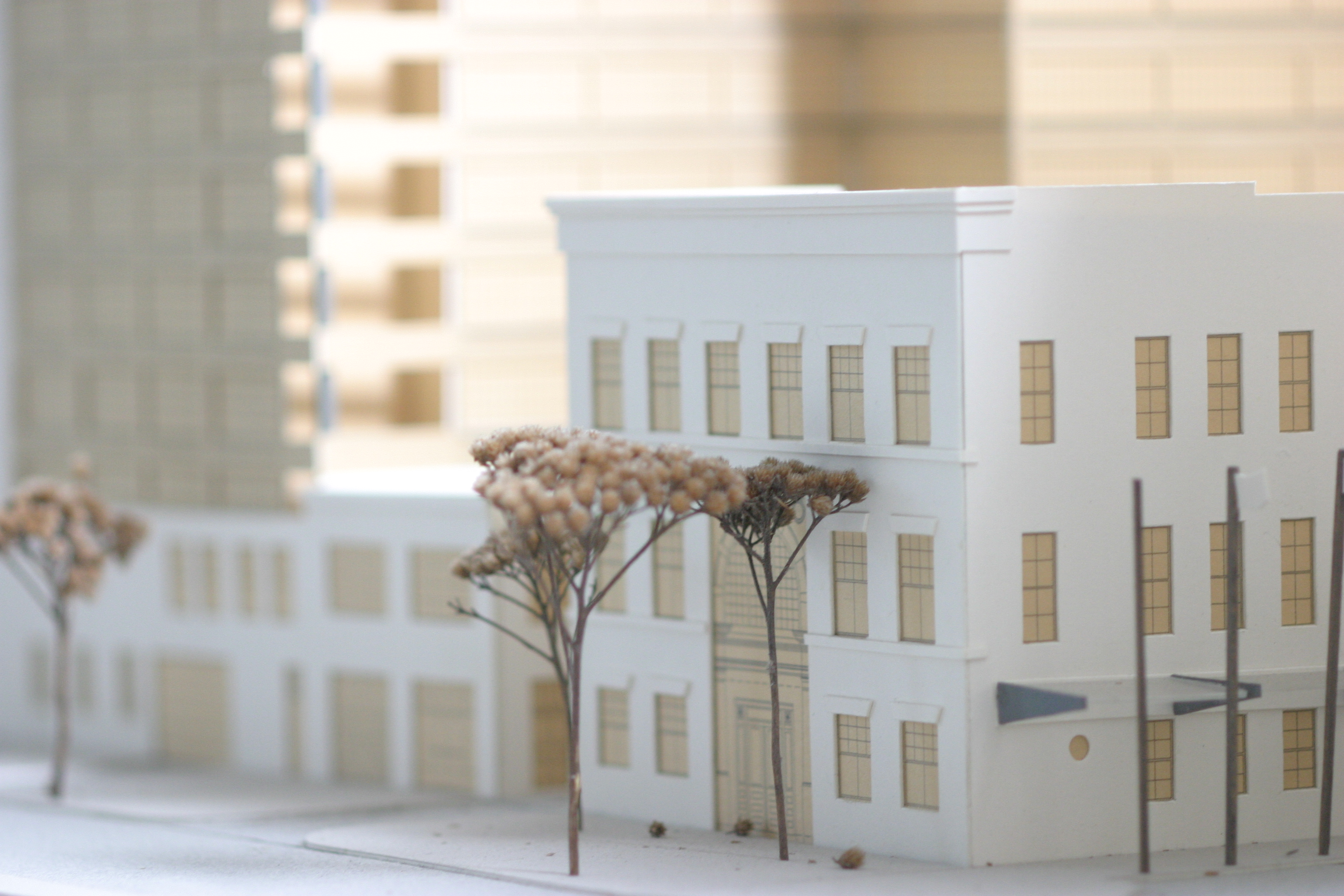On the heels of consecutive months of decreasing demand for design services, the Architecture Billings Index (ABI) has returned to positive territory. As a leading economic indicator of construction activity, the ABI reflects the approximate nine to twelve month lead time between architecture billings and construction spending.[adrotate banner=”61″] The American Institute of Architects (AIA) reported the May ABI score was 52.6, up sharply from a mark of 49.6 in April. This score reflects an increase in design activity (any score above 50 indicates an increase in billings). The new projects inquiry index was 63.2, up from the reading of 59.1 the previous month.
The AIA has added a new indicator measuring the trends in new design contracts at architecture firms that can provide a strong signal of the direction of future architecture billings. The score for design contracts in May was 52.5.
“Volatility continues to be the watchword in the design and construction markets, with firms in some regions of the country, and serving some sectors of the industry, reporting strong growth, while others are indicating continued weakness,” said AIA Chief Economist Kermit Baker, Hon. AIA, PhD. “However, overall, it appears that activity has recovered from the winter slump, and design professions should see more positive than negative numbers in the coming months.”
Key May ABI highlights:
• Regional averages: South (58.1), Midwest (51.3), Northeast (47.6) , West (46.9)
• Sector index breakdown: multi-family residential (58.2), commercial / industrial (53.6), mixed practice (50.4), institutional (47.3)
• Project inquiries index: 63.2
• Design contracts index: 52.5
The regional and sector categories are calculated as a 3-month moving average, whereas the national index, design contracts and inquiries are monthly numbers.


